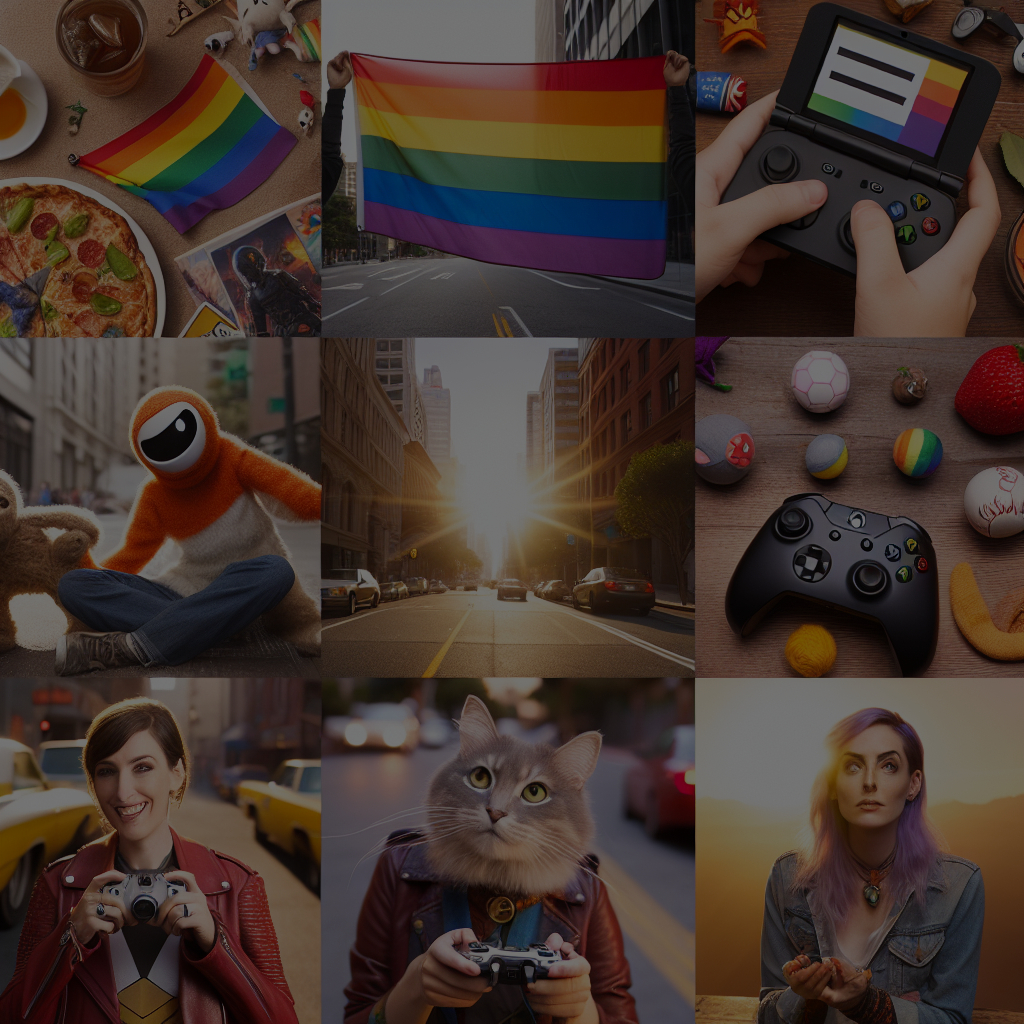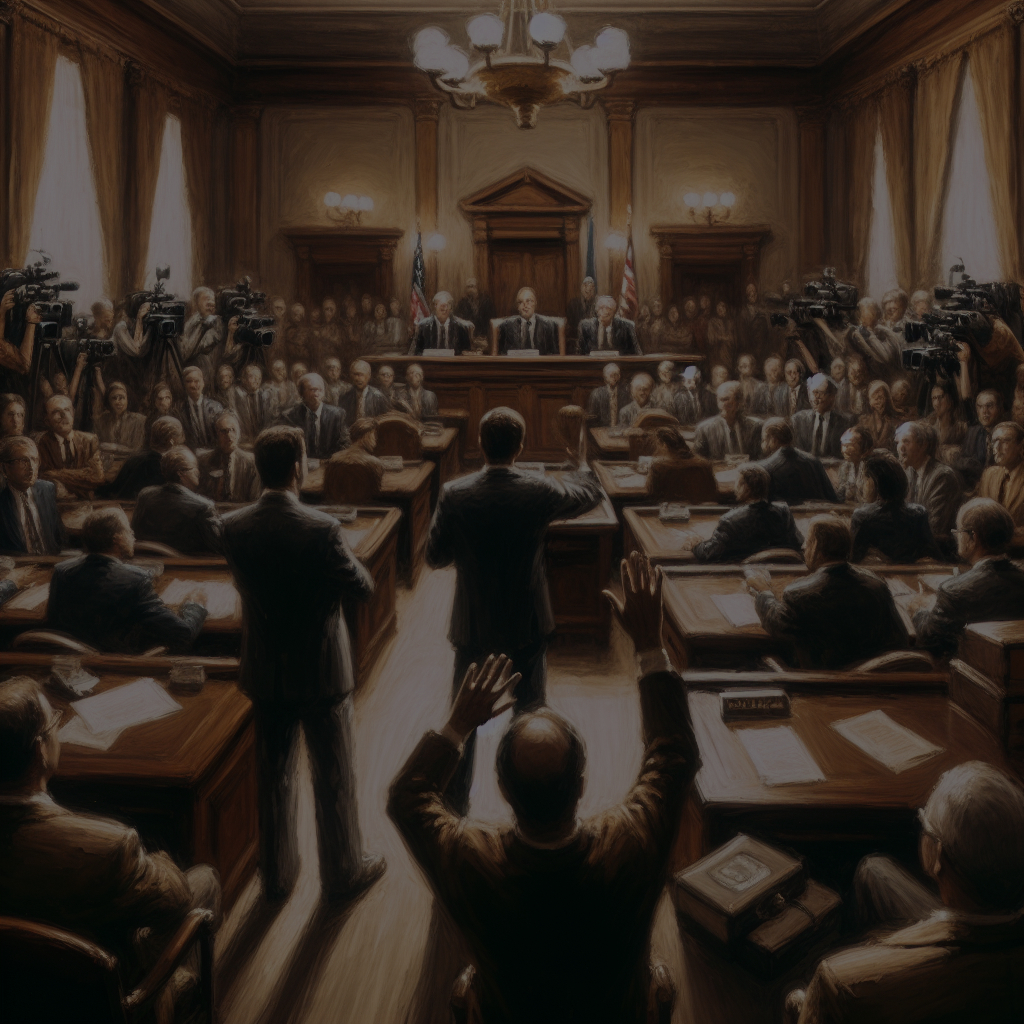LGBTQ+ Flags in Video Games and Geek Culture
Rainbow avatars, in-game hoodies with trans flag patterns, progress Pride pin badges, bi-colored stream overlays, or non-binary fanart shared on Discord — LGBTQ+ flags have become familiar symbols across the geek universe. They serve as both a statement of inclusion and a personal expression tool for gamers, developers, streamers, and studios alike. Behind these vibrant flags lies a strategy of representation — sometimes authentic, sometimes performative — yet always closely analyzed by informed communities.
In this comprehensive guide, we explore what these flags stand for, how they’re integrated into games and geek events, their benefits and challenges for the industry, and best practices for inclusion with respect and consistency.
Real-World Examples of LGBTQ+ Flags in Video Games
The Sims 4

Since 2019, The Sims 4 has offered a free “Pride” pack developed with the It Gets Better Project. It includes LGBTQ+ flags (trans, bi, lesbian, non-binary, progress Pride, and more) as wall decorations. Sims can also wear rainbow-themed outfits and attend inclusive community events.
Overwatch & Overwatch 2

In Blizzard’s Overwatch series, players can equip Pride profile icons and spray tags — including rainbow and trans flags. Overwatch 2 adds Pride-themed cosmetic bundles during June, highlighting queer characters and signaling the franchise’s commitment to representation.
Fortnite

Every year, Epic Games hosts Rainbow Royale, featuring free LGBTQ+ themed emotes, sprays, banners, and cosmetics. In 2023, the pack included a rainbow glider, bi and trans sprays, and exclusive audio tracks — all free to players and designed to bring Pride visibility to a massive user base.
Animal Crossing: New Horizons

Players have widely created custom LGBTQ+ flag patterns for Animal Crossing. Nintendo has even highlighted rainbow and trans flag designs on official channels. These flags feature on custom clothes, island banners, and decorative flooring.
Life is Strange: True Colors

This narrative-driven game features bisexual and trans flags in the protagonist Alex’s bedroom and the fictional town of Haven Springs. These flags function as narrative clues and reinforce character development and diversity.
Tell Me Why
From the creators of Life is Strange, Tell Me Why introduces the first playable trans male protagonist in a AAA game. Pride and trans flags are used within the environment to affirm his identity and deepen story immersion.
Forza Horizon 5
Players can customize vehicles with Pride-themed liveries and decals, including trans, rainbow, and bi flags. Limited-time events in June also award exclusive LGBTQ+-inspired items to mark Pride Month.
Destiny 2
Each year, Bungie releases a free rainbow emblem in celebration of Pride Month. The symbol is woven into the game’s iconography as part of Bungie’s broader inclusivity pledge.
Minecraft
Though Mojang hasn’t added official Pride content, the community fills the gap with Pride texture packs, adding LGBTQ+ flags to banners, shields, and even custom blocks. These serve as safe zones and community identifiers on public servers.
👉 These examples highlight different approaches: official in-game support (The Sims, Overwatch), narrative representation (Life is Strange), and community-driven creativity (Minecraft, Animal Crossing).
What Do the Flags Actually Mean?
Rainbow Flag
The most recognized symbol of the LGBTQ+ movement, it represents unity in diversity. Each colored stripe captures the wide spectrum of queer identities and experiences.
Progress Pride Flag
This modern version includes trans chevrons (blue-pink-white) and black and brown stripes to represent BIPOC and trans/non-conforming communities. It calls for active inclusion and visibility.
Transgender Flag
With colors of light blue, pink, and white, the trans flag stands for gender affirmation, transition, and legitimacy of trans and non-binary experiences.
Other Orientation & Identity Flags
- Lesbian: shades of red/pink.
- Gay (modern variant): blues and greens.
- Bisexual: pink, purple, blue.
- Pansexual: pink, yellow, blue.
- Asexual: black, grey, white, purple.
- Non-binary: yellow, white, purple, black.
- …and more: aromantic, intersex, genderfluid, etc.
Takeaway: Every flag carries a unique history and meaning. Using them without care can dilute their impact — context and accuracy matter.
How LGBTQ+ Flags Are Represented in Games
Decor & Level Design
From posters and murals to in-game Pride neighborhoods and booths at virtual events, rainbow themes often signal welcome and safe spaces. These visual elements set a narrative tone of inclusivity.
Customization & Cosmetics
- Skins and outfits: shirts, capes, hoodies, hairstyles.
- Profile banners and cards: flags shown on custom tags or user dashboards.
- Vehicles and weapons: rainbow-themed wraps or decals.
- Emotes and sprays: gestures and stickers with Pride symbolism.
These assets offer players a visual identity language to express themselves and show allegiance to their communities.
Narrative Cues
A room with a lesbian flag, an NPC wearing a trans pin, or a story arc involving self-identification — these subtle inclusions can serve as diegetic storytelling tools that humanize LGBTQ+ characters without overt exposition.
Live Events & Seasons
Ongoing games often host Pride-themed events with challenges, free cosmetics, or partnerships with LGBTQ+ charities. Key: transparency around the campaign’s intention and follow-through.
Accessibility & Localization
In regions where LGBTQ+ imagery faces legal barriers, some studios offer optional display features or localized packs. A clear toggling system is better than unspoken censorship.
Why It Matters: Benefits & Impact
Fostering Belonging
Seeing your flag in your favorite game is a powerful affirmation. It reduces isolation and builds community attachment.
Normalization Through Repetition
Repeated exposure to inclusive symbols helps normalize diversity and fosters greater understanding and empathy among broader audiences.







Leave a Reply